 George Takei at Internment Museum
George Takei at Internment Museum
Entry Category: Civil Rights and Social Change - Starting with T
 George Takei at Internment Museum
George Takei at Internment Museum
 Mary B. Talbert
Mary B. Talbert
Talbert, Mary Burnett
Tate Plantation Strike of 1886
 Taylor Sisters Lynching Article
Taylor Sisters Lynching Article
Taylor Sisters (Lynching of)
Taylor, George Edwin
Templeton, George (Lynching of)
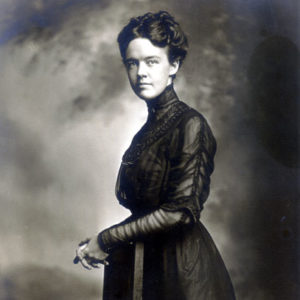 Adolphine Fletcher Terry
Adolphine Fletcher Terry
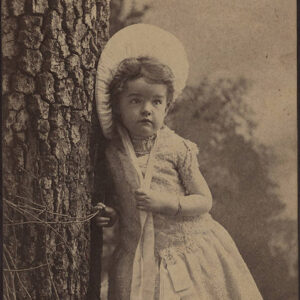 Adolphine Fletcher Terry
Adolphine Fletcher Terry
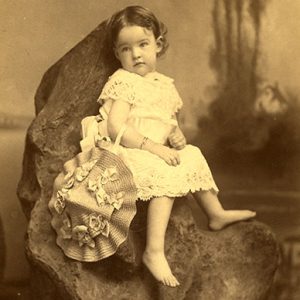 Adolphine Fletcher Terry
Adolphine Fletcher Terry
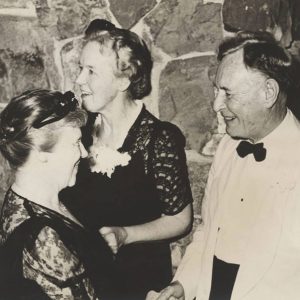 Adolphine and David Terry
Adolphine and David Terry
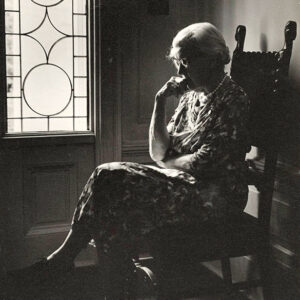 Adolphine Fletcher Terry
Adolphine Fletcher Terry
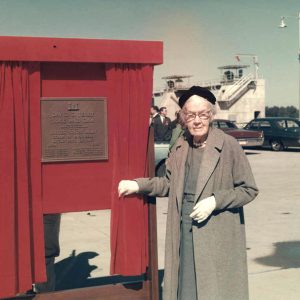 Adolphine Fletcher Terry
Adolphine Fletcher Terry
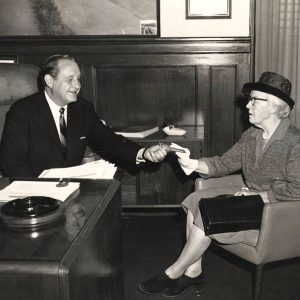 Adolphine Fletcher Terry
Adolphine Fletcher Terry
Terry, Adolphine Fletcher
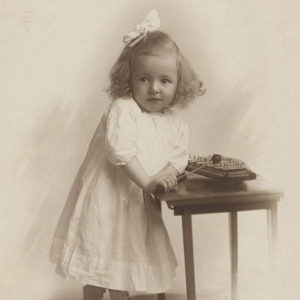 Mary Fletcher Terry
Mary Fletcher Terry
 Mary Fletcher Terry
Mary Fletcher Terry
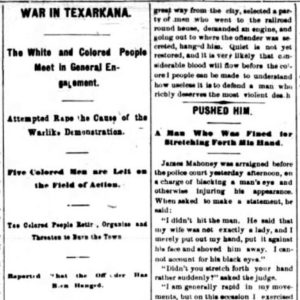 Texarkana Race Riot Article
Texarkana Race Riot Article
Texarkana Race Riot of 1880
 Louise Thaden's Pilot License
Louise Thaden's Pilot License
Thaden, Louise McPhetridge
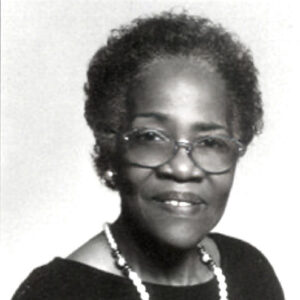 Theressa Hoover
Theressa Hoover
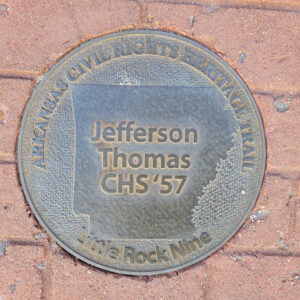 Thomas Marker
Thomas Marker
Thomas, Jefferson Allison
Thomas, Wade (Lynching of)
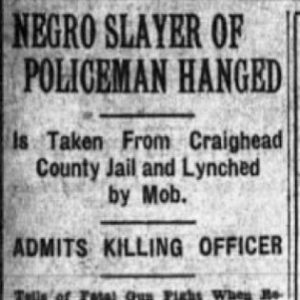 Thomas Lynching Article
Thomas Lynching Article
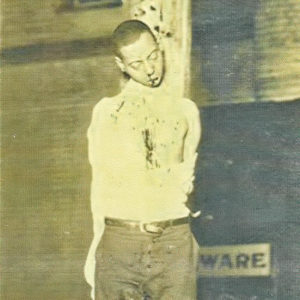 Wade Thomas Lynching
Wade Thomas Lynching
Thompson, Alex (Lynching of)
Thompson, Roosevelt Levander
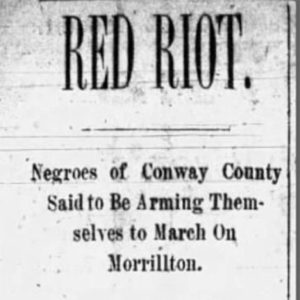 Flanigan Thornton Lynching Article
Flanigan Thornton Lynching Article
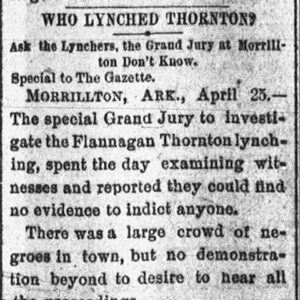 Flanigan Thornton Lynching Article
Flanigan Thornton Lynching Article
Thornton, Flanigan (Lynching of)
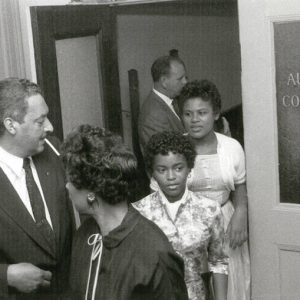 Thurgood Marshall and Central High Students
Thurgood Marshall and Central High Students
Thurman, Sue Bailey
Toll (Lynching of)
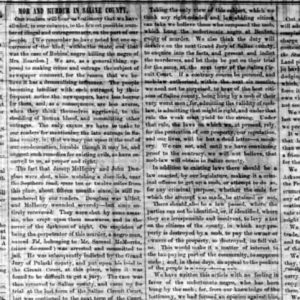 Toll Lynching Story
Toll Lynching Story
Tomson, Dan Fraser
Trail of Tears
 Trail of Tears Map
Trail of Tears Map
 Trail of Tears Sign
Trail of Tears Sign
 Trail of Tears Water Route
Trail of Tears Water Route
Treaty of Council Oaks
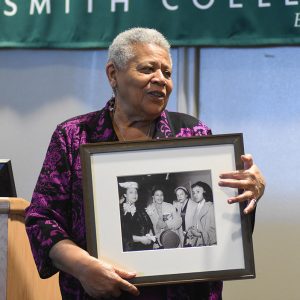 Minnijean Brown Trickey
Minnijean Brown Trickey
Trickey, Minnijean Brown
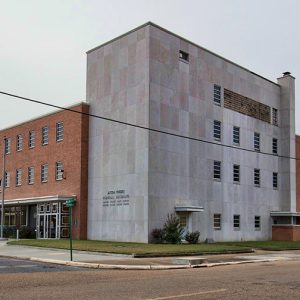 Trieber Federal Building
Trieber Federal Building
 Tucker-Parnell Feud Article
Tucker-Parnell Feud Article




